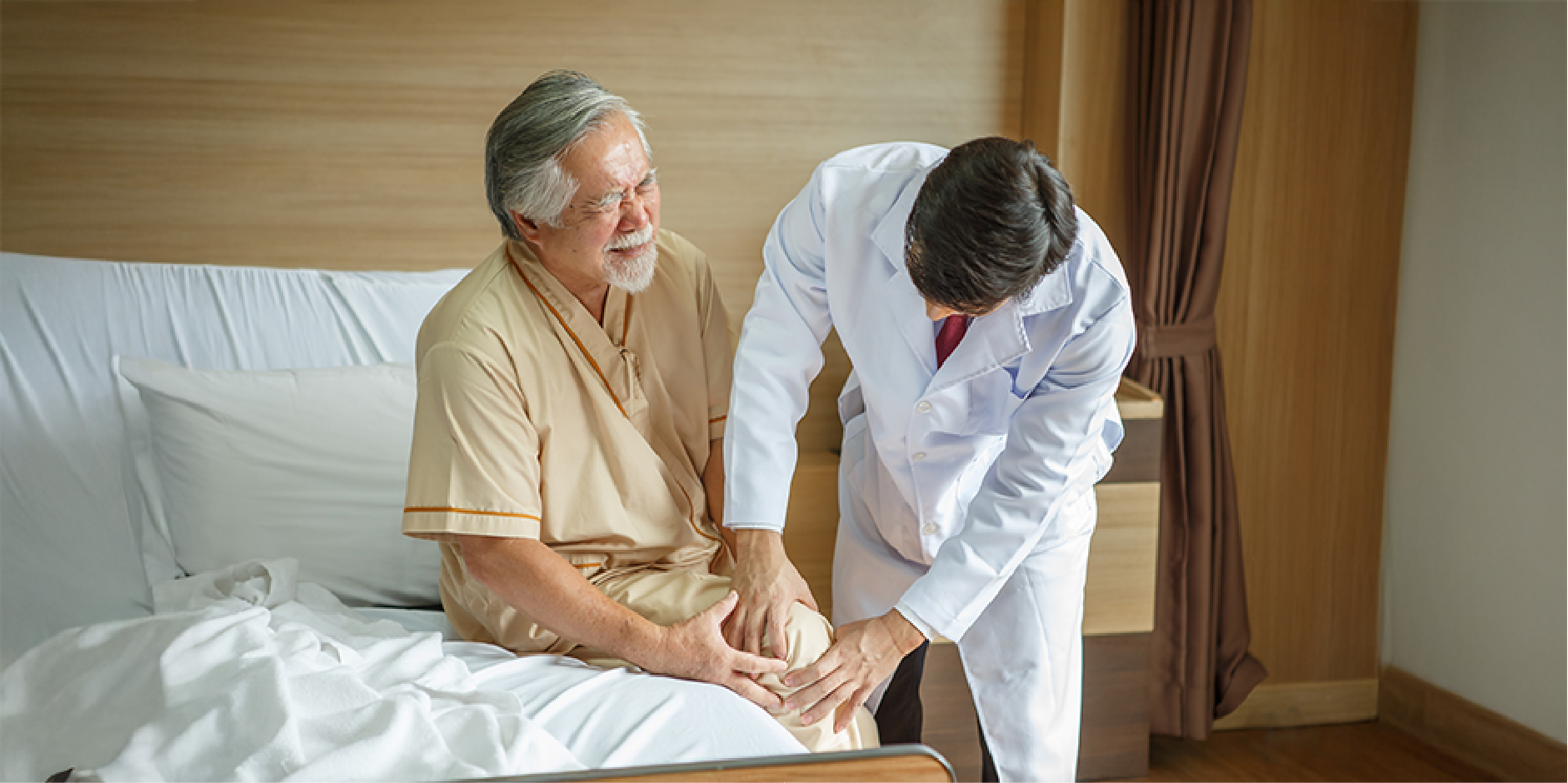Content on this page:
Content on this page:
Clinical Presentation
The classical presentation of infectious arthritis is an acute onset of pain, warmth and swelling of a single joint and a decreased range of motion. The knee is most commonly affected but any joint may be involved. More than 1 joint may be involved in patients with pre-existing joint disease, other inflammatory conditions or severe sepsis and in some patients infected with certain pathogens (eg Neisseria gonorrhoeae, Neisseria meningitidis and Salmonella spp). Fever and chills may be present. Children may present with more subtle symptoms such as anorexia, malaise, irritability, a limp or refusal to walk, refusal to use the affected joint, and redness or swelling of skin and soft tissue overlying the involved joint early in the disease. Infectious arthritis must always be a part of the differential diagnosis in a patient with an acute monoarthritis.
History
A family history of gout, sexual history including history of N gonorrhoeae infection, travel and occupational history, and diet and alcohol consumption must be noted.
Physical Examination
 Infectious Arthritis_Initial Assesment
Infectious Arthritis_Initial AssesmentPatients with infectious arthritis most often present with a red, warm, swollen and very tender joint. The affected joint may also present with effusion and severe restriction of movement. The examination should focus on the involved and contralateral joint and surrounding area including the skin and soft tissue. A general exam should be performed to search for other joint involvement, look for systemic manifestations of disease and seek extra-articular sources of infection. Gonococcal infections may manifest with fever, multiple painless macules and papules on the arms, legs or trunk, and tenosynovitis. Patients with rheumatoid arthritis may present with exacerbation of inflammation in one or more joints. In children with infectious arthritis of the hip, the hip may be kept flexed and externally rotated, with severe pain on motion. Few physical signs may be found in patients with infectious arthritis of the spine, sacroiliac joints and hips. The absence of fever does not rule out infectious arthritis.
